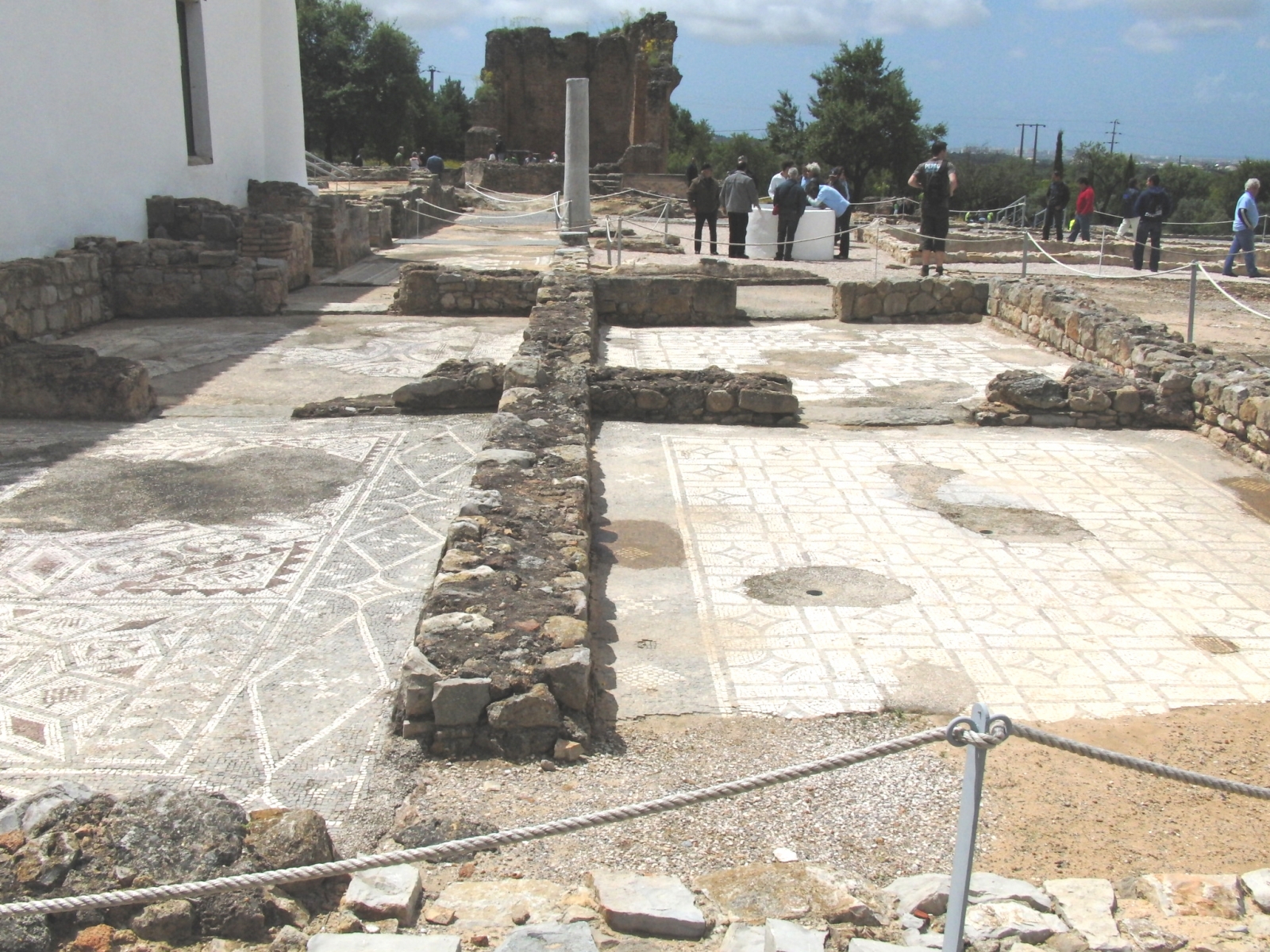Milreu: Roman Villa
Remainders of a Roman villa built in the 1st Century A.D.
Situated only a few kilometres from Faro, close to Estói, Milreu Ruins are amongst the most important remains of the Roman presence in the Algarve and now form an imposing archaeological site, which has been classified as a national monument.
What is to be found there today is the remains of a luxurious rural villa, transformed into a prosperous farm in the 3rd century, although it abandoned its pagan status in the 6th century in order to be put to the service of the Christian church, having also been used as an Islamic cemetery later on. In the 10th century, the site was abandoned when the vaulted ceilings collapsed, and it did not regain any life until the beginning of the 16th century, when a house was built on the ruins, representing at that time a unique and precious example of civil architecture in the Algarve with its cylindrical buttresses.
Its important historical heritage has been recovered and today the Casa Rural das Ruínas (the Country House of the Ruins) has been transformed into a visitors’ centre, allowing us to have a real idea of how the Romans spent their days, during the period when they chose the Algarve as a place to both live and rest.
The ruins have been uncovered and they now present to us the remains of a manor house, farm buildings, a wine press, baths and a temple, a centre for private worship dedicated to the theme of the various water-based activities, which was built in the 4th century to satisfy the pleasures of the Romans. In addition to this, two mausoleums can be seen and a peristyle with 22 columns, alongside an open courtyard, with a garden and the respective water tank. One particularity of the villa is that all the buildings used for housing purposes display clear signs of deliberate embellishment with marbles and mosaics in a variety of patterns.
The old Roman villa also had an excellent water supply network, heated rooms and thermal springs and baths on the west side, where it is still possible to see brightly-coloured tile decorations of marine life. The fish were depicted here as being exaggeratedly fat, with the deliberate aim of creating the optical illusion of their real dimension and movement when seen through the water. These are just a few details that testify to the sophisticated life of the villa’s inhabitants.
This information is extracted with friendly permission of RTA from their website.


